Shapes and Space Class 1 Notes Maths Chapter 1
Shapes
Let us visit the shape land. Different shapes will introduce themselves: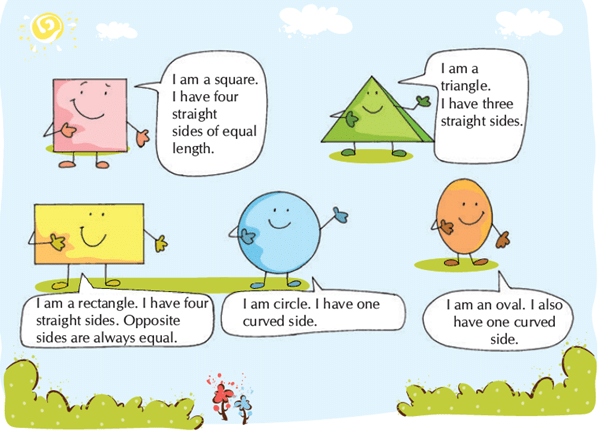 Now, look at the shapes below:
Now, look at the shapes below: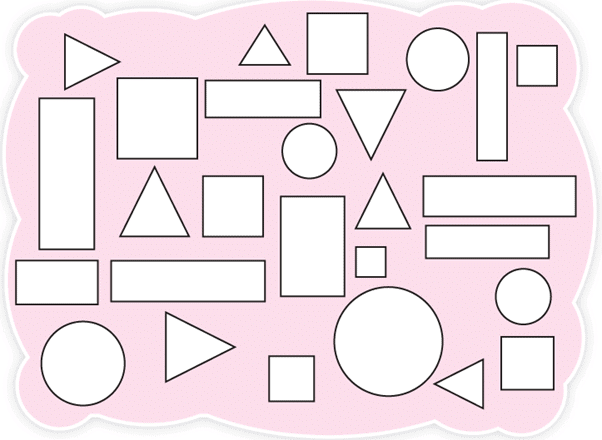 Colour the shapes like the following:
Colour the shapes like the following: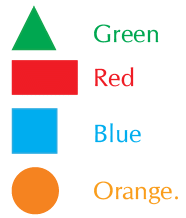 Question: Count the shapes above and write them.
Question: Count the shapes above and write them.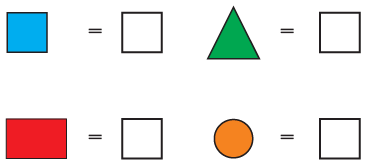
Ans:
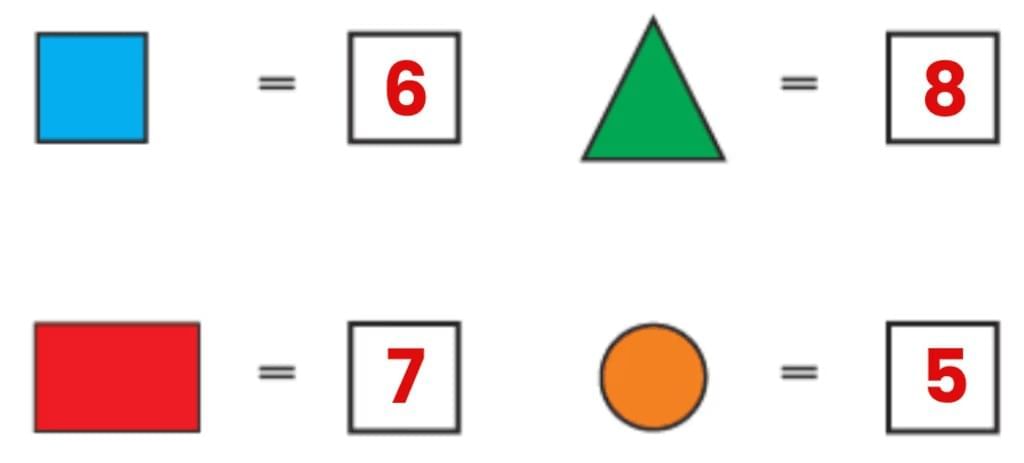
Some More Shapes
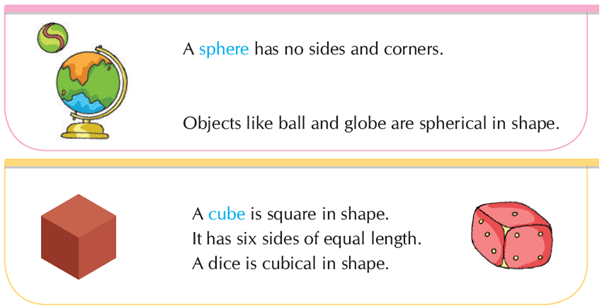
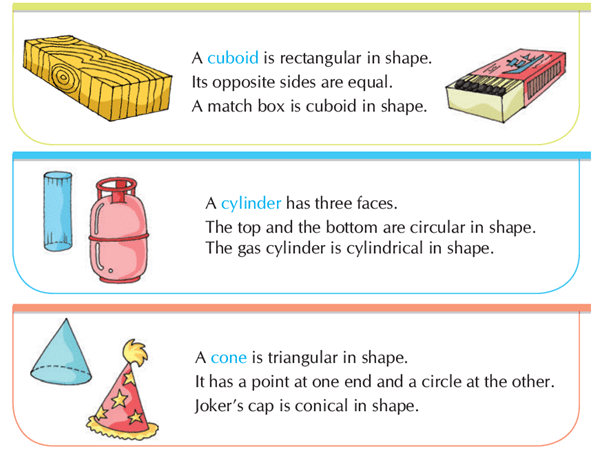
Rolling / Sliding
The shape of the object determines its movement. Some objects move slightly along their base or the side on which they are placed. This movement is called sliding. Some objects move ahead on all their surfaces. This is called rolling.
Some objects move ahead on all their surfaces. This is called rolling. Encircle the objects that roll with a red crayon and objects that slide with a green crayon.
Encircle the objects that roll with a red crayon and objects that slide with a green crayon.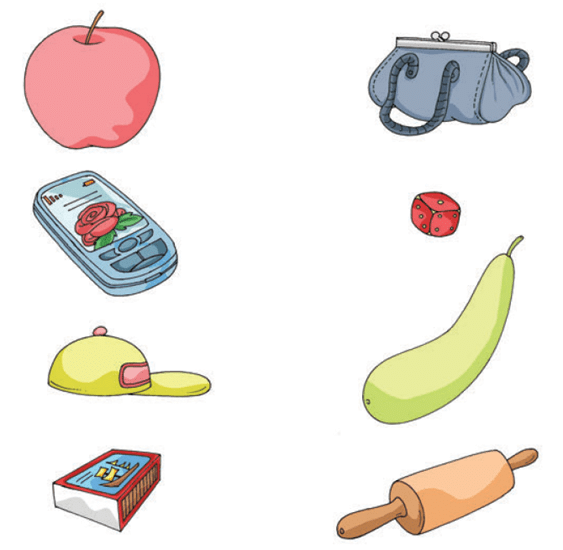
Ans: 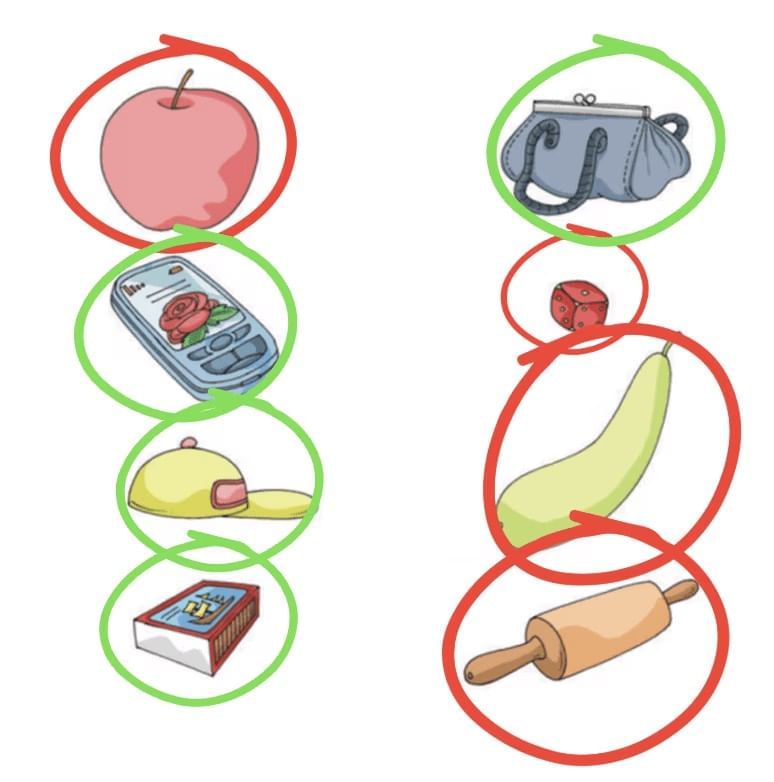
The Wise Lamb Story
Once a little lamb wanted to visit her grandmother. A hungry wolf tried to catch her. The lamb told him to wait and went to her grandmother. Grandma was smart! She hid the lamb inside a dholak (a round drum) and rolled it home.
Q: Why did the dholak roll?
Ans: Because it is round. Round shapes roll easily on slopes.
Q: Can a box roll like that?
Ans: No, because it’s not round—it slides.
|
16 videos|135 docs|23 tests
|
FAQs on Shapes and Space Class 1 Notes Maths Chapter 1
| 1. What is the difference between rolling and sliding of shapes? |  |
| 2. How does the concept of rolling and sliding apply to the Shapes class? |  |
| 3. Can a shape both roll and slide at the same time? |  |
| 4. Are there any real-life examples of rolling and sliding shapes? |  |
| 5. Can we apply the concepts of rolling and sliding to other subjects besides shapes? |  |

















